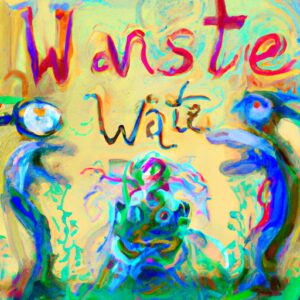What is the negative imperative in Italian?
Non fare così!
Don’t be like that!
In English, to form a negative imperative, we add the negation do not before the verb, and nothing else changes.
In Italian, it isn’t always that simple. Let’s have a look at how to form it!
How to form the negative imperative in Italian?
As you probably know, the negation word in Italian is non, so we will undoubtedly have to place that before the verb.
The only thing to remember, though, is that in the second person singular (tu), the verb after the negation non will take the infinitive form (mangiare, fare, uscire, etc.), resulting in the structure: Tu + non + verb in the infinitive.
Have a look at the examples below:
Gianluca, non mangiare a quest’ora, tra poco è pronta la cena.
Gianluca, do not eat at this time; dinner will be ready soon.
(Tu) Non uscire stasera, rimani qui con me!
Don’t go out tonight, stay here with me!
Anna, non chiudere la porta, sta per arrivare Ludo.
Anna, don’t lock the door, Ludo’s coming.
With all the other personal pronouns we simply need to add the word non before the verb in its imperative form: voi, noi, lei + non + verb in the imperative.
(Voi) Non andate al lago oggi, non c’è neanche il sole!
Don’t go to the lake today; it’s not even sunny!
(Lei formale) Non apra la porta!
Do not open the door!
(Noi) Per favore, non cominciamo!
Please, let’s not start!
What are the exceptions for using the negative imperative in Italian?
Sometimes, when we invite someone not to do something, we can use non + congiuntivo presente (present subjunctive) for the second person plural (voi).
This is called congiuntivo esortativo (exhortative subjunctive), and it is often used with the verbs essere (to be) and avere (to have) and always with the verbs pensare (to think) and credere (to believe).
All the examples below are addressed to voi:
Non siate tristi!
Do not be sad!
Non pensiate male di me!
Do not think ill of me!
Non abbiate paura!
Do not be afraid!
Non crediate a quel che vi racconta!
Do not believe what he tells you!









